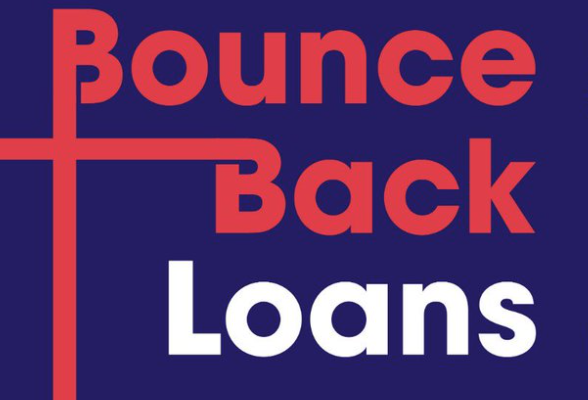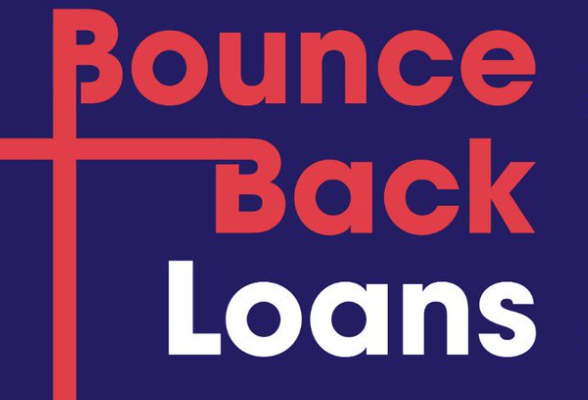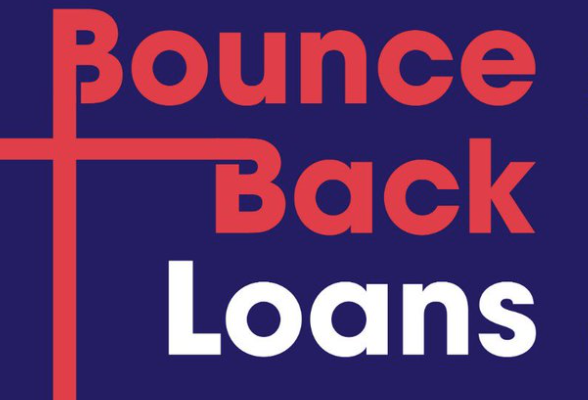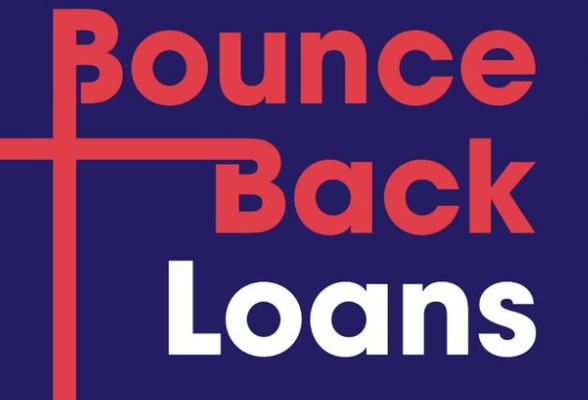
Can’t Repay a Bounce Back Loan? Consequences and Solutions
The Bounce Back Loan Scheme (BBLS) was set up by the government to provide support to businesses during the Covid-19 pandemic. The loans of up to £50,000 were handed out by various lenders with minimal due diligence and obtained by many companies, some of which would have struggled to access finance without the scheme. Many companies have since found themselves in a situation where they can’t repay a Bounce Back Loan.
Here, we look at the consequences for these companies and the options available.
What Happens if you Can’t Repay your Bounce Back Loan?
If you’re struggling to repay your Bounce Back Loan (BBL), it’s important to understand the potential consequences. These will vary depending on whether you’re operating as a limited company or a sole trader.
For Limited Companies: Your BBL is treated just like any other business loan. If you miss several repayments, your lender will likely initiate debt recovery proceedings. This could involve:
- Repossessing company assets
- Taking legal action against your company
- Forcing your company into liquidation
It’s important to note that while directors aren’t personally liable for the BBL, you may face serious consequences if you’ve misused the funds or provided false information during the application process.
For Sole Traders: As a sole trader, you’re personally liable for repaying the BBL. However, there’s a crucial protection in place:
- No recovery action can be taken over your main home or primary personal vehicle
Nevertheless, non-payment can lead to county court judgments and certain types of enforcement action. In a worst-case scenario, you could be pushed into personal bankruptcy.
Remember, while BBLs are government-backed, lenders must exhaust all recovery efforts before claiming on this guarantee. If you’re facing difficulties, don’t ignore the problem.
Seek professional advice promptly to explore your options, such as negotiating with your lender or considering formal insolvency procedures. Our expert debt advisors are here to help you.

Managing a Bounce Back Loan When Repayment Isn’t Possible
If you’re finding it challenging to meet your Bounce Back Loan repayments, the Pay As You Grow (PAYG) scheme offers some flexibility. Introduced by the UK government, this initiative provides options to ease the financial burden on businesses still recovering from the pandemic’s impact.
Under PAYG, you have three main choices:
- Extend your loan term: You can stretch your repayment period from six to ten years, reducing your monthly payments.
- Make interest-only payments: For up to six months, you can opt to pay only the interest on your loan. This option is available up to three times during the loan term.
- Take a repayment holiday: You can pause your repayments entirely for up to six months. This option is available once during the loan term.
It’s important to note that while these options provide short-term relief, they may increase the overall cost of your loan in the long run. For instance, extending your loan term means you’ll be paying interest for a longer period.
To access these options, contact your lender directly. They’ll guide you through the process and help you choose the most suitable option for your business’s circumstances.
Can a Bounce Back Loan Be Written Off?
Many business owners facing financial difficulties wonder if their Bounce Back Loan (BBL) can be written off. The short answer is: it’s not straightforward, but there are circumstances where it may occur.
If your company is still active and trading, your BBL cannot be simply written off. You remain responsible for repaying the full amount. However, there are some scenarios to consider:
- Company Liquidation: If your limited company enters liquidation, the BBL may effectively be written off if there are insufficient assets to repay it. However, this doesn’t automatically absolve directors of responsibility, especially if there’s evidence of misuse or fraud.
- Bankruptcy (for sole traders): In bankruptcy, your BBL could be included in the debts to be addressed. However, remember that bankruptcy has serious long-term consequences for your financial future.
Insolvency Options for Struggling Businesses
If your company cannot afford to pay its Bounce Back Loan, you can either ask your lender to spread the payments over a greater amount of time to reduce the burden, take a short payment holiday, or consider closing the company down via insolvent liquidation. You should be aware that the inability to repay a bounce back loan may mean you have crossed the threshold of insolvency, meaning you should take professional advice immediately.
Voluntary Liquidation – A process known as Creditors’ Voluntary Liquidation (CVL) allows you to close your company in an orderly manner.
Here’s how voluntary liquidation works and what it means for stakeholders:
- As a director, you start the process by proposing liquidation to shareholders.
- An insolvency practitioner is appointed as liquidator.
- The liquidator sells company assets to repay creditors.
- Creditors, including the BBL lender, submit claims for repayment.
- Funds are distributed to creditors according to the legal order of priority.
- The liquidator examines the company’s affairs and directors’ conduct.
- Finally, the company is formally dissolved with remaining debts written off.
For stakeholders, the implications are significant:
- Employees: May lose their jobs but can claim redundancy pay from the government.
- Directors: Face scrutiny of their actions, particularly regarding BBL usage.
- Shareholders: Likely to lose their investment in the company.
- Creditors: May receive partial repayment, depending on available funds.
Remember, while CVL can provide a structured exit, it doesn’t automatically protect directors from personal liability, especially if BBL funds were misused. The process aims to maximise returns for creditors while ensuring fair treatment for all parties involved.
Company Voluntary Arrangements – A CVA stands as a legally binding agreement between a company and its creditors, enabling debt repayment over a manageable timeframe, typically up to five years. CVAs offer flexibility, allowing for debt reduction, extended repayment terms, or even debt write-offs. Unsecured loans, such as a bounce back, can be included within a Company Voluntary Arrangement (CVA).
To pursue a CVA, your company must be either insolvent or on the verge of insolvency. Additionally, a convincing debt repayment plan must be in place, demonstrating that the CVA serves the best interests of all creditors.
Individual Voluntary Arrangement – An Individual Voluntary Arrangement (IVA) offers a viable solution for sole traders struggling to repay a Bounce Back Loan. An IVA is a formal agreement between you and your creditors to pay back debts over a set period, typically five years. It allows you to make manageable monthly payments towards the total amount owed, based on what you can realistically afford after living costs.
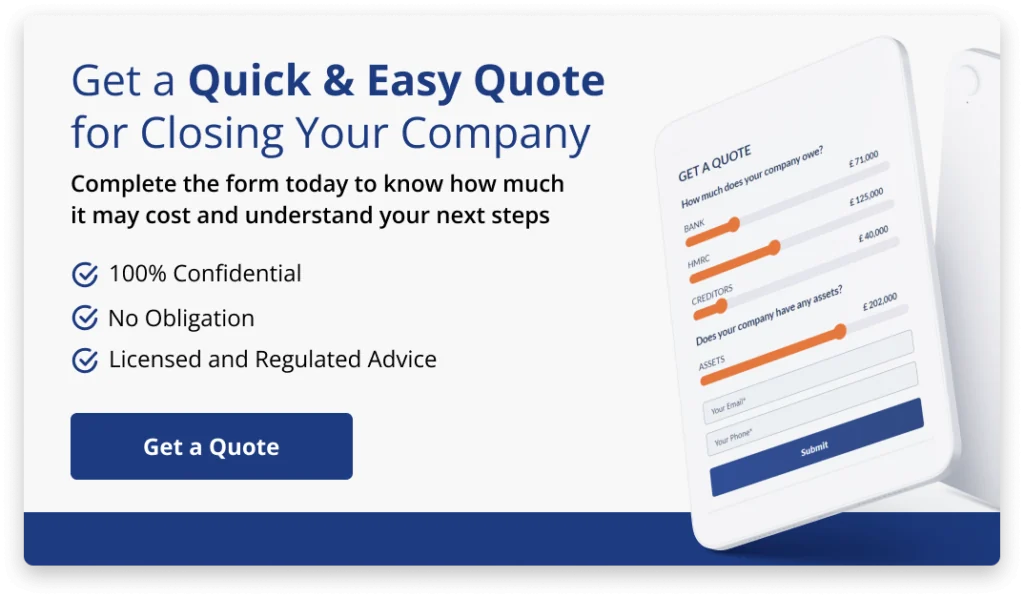
How We Can Help with Bounce Back Loan Challenges
At Company Debt, we understand the unique challenges businesses face, especially when dealing with the complexities of repaying Bounce Back Loans. Our team of licensed insolvency practitioners and financial experts is here to offer clear advice and tailored solutions to navigate these difficult times.
Whether you’re concerned about potential misuse of loan funds, struggling with repayment, or facing the prospect of winding up, we’re equipped to guide you through every step.
FAQs on Can’t Repay a Bounce Back Loan
What should I do first if I realise I can’t pay back my Bounce Back Loan?
Immediately contact your lender to inform them of your financial situation. This early communication may help in negotiating more manageable repayment terms or exploring other available options.
Can I renegotiate the terms of my Bounce Back Loan if my business circumstances have changed?
Yes, lenders generally are open to renegotiating loan terms, which can include extending the loan period, adjusting repayment amounts, or temporarily pausing payments.
What is the impact on my credit score if I can’t repay the Bounce Back Loan?
Defaulting on a Bounce Back Loan can negatively impact your credit rating, making it challenging to secure future financial support or business loans.
Can my other business assets be seized if I fail to repay the Bounce Back Loan?
If your company enters into liquidation, assets may be sold to repay creditors, including the unpaid loan. For sole traders, personal assets may also be at risk.






